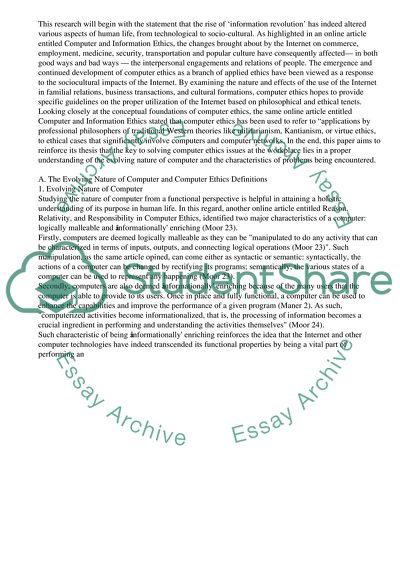Cite this document
(“Computer Ethics: Some Dilemmas and Solutions for the Workplace Research Paper”, n.d.)
Retrieved from https://studentshare.org/management/1403933-computer-ethics-some-dilemmas-and-solutions
Retrieved from https://studentshare.org/management/1403933-computer-ethics-some-dilemmas-and-solutions
(Computer Ethics: Some Dilemmas and Solutions for the Workplace Research Paper)
https://studentshare.org/management/1403933-computer-ethics-some-dilemmas-and-solutions.
https://studentshare.org/management/1403933-computer-ethics-some-dilemmas-and-solutions.
“Computer Ethics: Some Dilemmas and Solutions for the Workplace Research Paper”, n.d. https://studentshare.org/management/1403933-computer-ethics-some-dilemmas-and-solutions.


